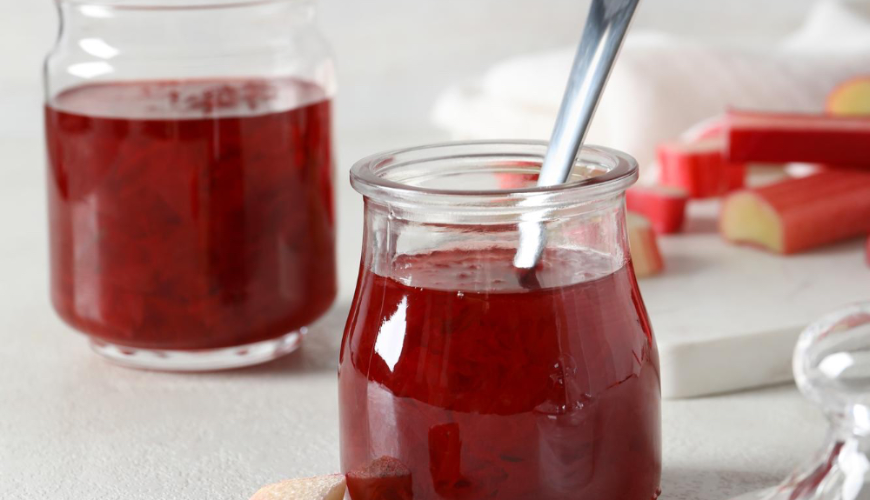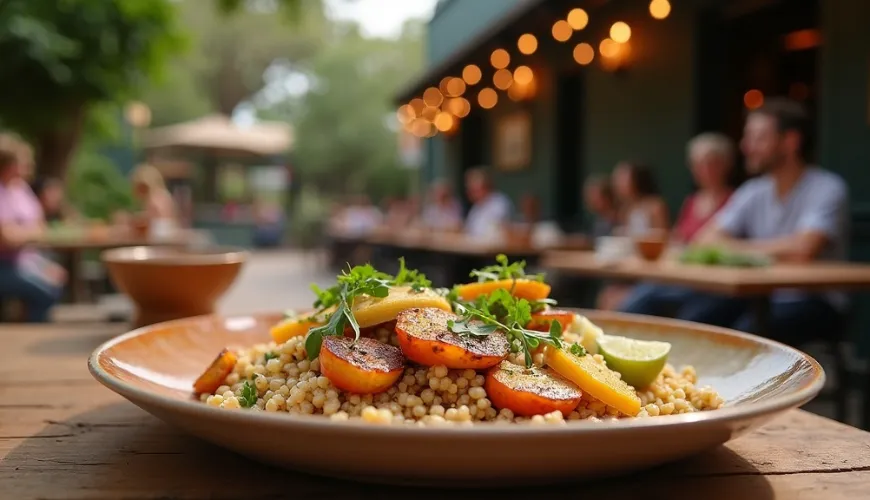
How to Prepare Mojo Rojo and Add It to Your Diet

Discover the Taste of the Canary Islands - Mojo Rojo, the Spicy Sauce That Will Enchant You
The Canary Islands are not just a destination for lovers of sunshine, ocean, and volcanic landscapes. They are also islands full of culinary treasures that remain outside the attention of the wider world. One of these is mojo rojo, a traditional sauce that at first glance may seem simple but actually hides a wealth of flavors and aromas.
This typical Canary specialty is proof that the combination of a few quality ingredients can create something absolutely exceptional. Mojo rojo, sometimes also referred to as mojo picón rojo, is a spicy red sauce that is served with everything—from potatoes to fish or grilled meat. Locals use it every day, and in every household, it tastes a bit different—much like the Czech potato salad.
Even though the terms "mojo rojo recipe" or "mojo rojo recept" are often searched for in both English and Spanish, its charm transcends language barriers. The base is a combination of paprika, garlic, oil, and vinegar—but the proportions, freshness of the ingredients, and even the type of paprika used give each recipe its unique character.
How Did Mojo Rojo Sauce Come About?
The history of this sauce dates back to colonial times. Originally, the inhabitants of the Canary Islands traded with America and brought back new ingredients, including chili peppers. They combined them with what they had at home—garlic, olive oil, vinegar, and spices. And thus, the foundation for what we know today as mojo rojo was created—a red sauce with a slightly smoky and spicy aroma, which is an integral part of Canarian cuisine.
On the islands, you will encounter various versions of "mojo" sauces—from green (mojo verde) with coriander or parsley to brown or orange versions with tomatoes or nuts. But mojo picón rojo is considered the most distinctive and characteristic.
An example of its universal use can be found in the typical Canarian dish papas arrugadas—small wrinkled potatoes cooked in salty water, served precisely with mojo sauces, most often green and red. The sauce also pairs well with grilled vegetables, tofu, or as a dip for bread. In modern cuisine, there is even experimentation with its use in burgers or as a base for dressings.
Mojo Rojo Recipe: How to Make It at Home?
Making mojo rojo at home is not difficult at all—on the contrary. You only need a few basic ingredients and a blender. Some recipes use dried chili peppers (e.g., ñora or guindilla), others use fresh, but the key to a great result is garlic, quality olive oil, and smoked paprika.
Here is one of those honest traditional recipes that simply works and whose taste will immediately transport you to the sunny Mediterranean. Let's start with the ingredients—take 2 to 3 dried peppers, typically ñora or guindilla are used, but if you don't have anything like that at home, feel free to grab a teaspoon of hot paprika, which is a quicker option.
You will also need two teaspoons of sweet smoked paprika, known as pimentón dulce, which gives the mixture that typical smoky flavor that goes great with fish or grilled vegetables. Garlic is a must—use at least four cloves, the more, the better if your surroundings can handle it, because garlic beautifully enhances the depth of the recipe. Add four tablespoons of wine vinegar—don't skimp, a quality vinegar makes a big difference, as does 100 ml of extra virgin olive oil, which will smooth it all out.
Half a teaspoon of salt is classic, but if you want to experiment a bit, add a pinch of herbal sea salt. And finally, a bit of older bread or a tablespoon of breadcrumbs—not only does it thicken the mixture, but it also gives the sauce some body. Then just toss everything into a blender and blend until smooth—and you'll get a condiment that you'll become heavily dependent on without originally planning to.
First, soak the dried peppers in hot water for about 15 minutes to soften them. Then remove the seeds and stems. Place all the ingredients in a blender and blend until smooth. If necessary, add a little water for better consistency. Let the finished sauce sit for at least 30 minutes to allow the flavors to meld.
The sauce will last in the fridge for several days, but it usually disappears much faster. It is also suitable for freezing if you want to make a larger supply.
The Secret to Perfect Taste? Quality Ingredients and Patience
As is often the case with simple recipes, the quality of the input ingredients is crucial. In mojo rojo, this is doubly true. Fresh garlic, truly good olive oil, and ideally traditional Spanish paprika form the foundation, without which the sauce will never achieve its characteristic flavor profile. If you want to achieve an authentic result, it pays to invest in quality ingredients.
Interestingly, in some Canarian households, the sauce is prepared in a mortar rather than a blender, which gives it a slightly coarser texture and a more rustic appearance—but the result is no less delicious. Moreover, as one local grandmother says: "Real mojo requires hands, not electricity."
Mojo Rojo in Modern Cuisine
While this sauce is an everyday treasure in the Canary Islands, in continental Europe or the Czech Republic, it's still an exotic specialty. However, this is gradually changing. Many restaurants and food trucks focused on Spanish or Mediterranean cuisine are already incorporating mojo rojo into their repertoire. And why not? It's a healthy, clean sauce without preservatives and artificial additives, suitable for vegetarians and vegans.
Moreover, at a time when more and more people are turning to simple yet flavor-rich foods, mojo rojo is exactly what fits the trend—authentic flavor, minimal processing, maximum effect. It pairs wonderfully with legumes, hummus, roasted sweet potatoes, or even with vegan burgers.
One example where mojo rojo is experiencing a renaissance is an urban farm in Brno, which serves roasted pumpkin with quinoa and this sauce at their weekend brunches. Guests reportedly ask where they can get such a sauce or how to make it at home. And so, the Canarian tradition becomes an inspiration for Czech tables as well.
Why Should You Include Mojo Rojo in Your Kitchen?
- It tastes great with almost anything—from roasted vegetables to potatoes and pasta
- It supports a healthy lifestyle—without additives, with natural ingredients
- It's easy to make—anyone can prepare it without culinary training
- It offers room for creativity—you can experiment with what you have at home
Mojo rojo is proof that even a small sauce can do great things. It gives each dish a new dimension, adds depth, and at the same time, does not overshadow other flavors. And that's exactly what makes Canarian cuisine so exceptional—simplicity that surprises.
Perhaps now is the right time to open your kitchen to the world and let in a bit of southern sunshine. Because as the Canarians say: "Food without mojo is like an island without an ocean."

